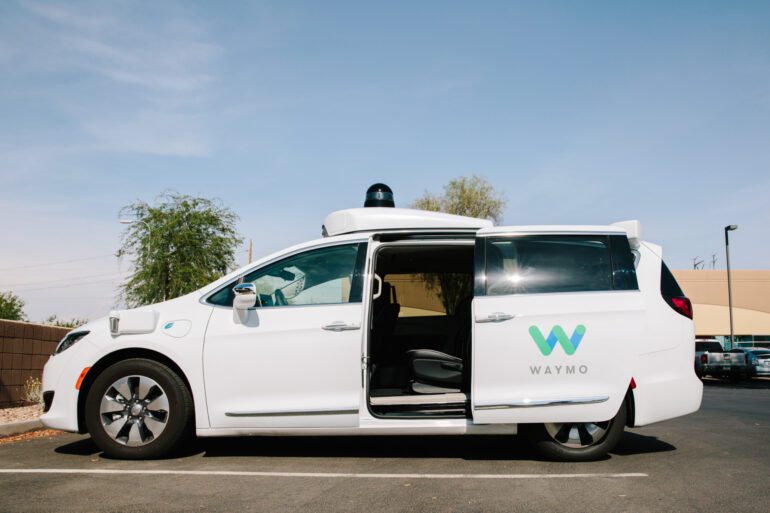TL;DR:
- Waymo introduces MotionLM, a breakthrough in multi-agent motion prediction.
- MotionLM applies language modeling to forecast the behavior of road agents, simplifying and enhancing accuracy.
- Unlike existing methods, it forgoes complex optimization procedures, focusing on maximizing prediction probabilities.
- MotionLM directly constructs joint distributions over future actions, enabling efficient interaction modeling.
- The model’s sequential factorization enables realistic predictions by considering causal relationships between events.
- MotionLM excels in forecasting road agent behavior, as demonstrated in Waymo’s Open Motion Dataset.
Main AI News:
In the ever-evolving landscape of autonomous vehicles, the role of advanced technology cannot be understated. Waymo, a pioneering force in the autonomous driving industry, has recently unveiled an impressive breakthrough known as MotionLM. This cutting-edge innovation promises to transform the way we approach multi-agent motion prediction, opening new horizons for the capabilities of Large Language Models (LLMs) in the realm of autonomous driving.
Autoregressive language models have proven their mettle in predicting subword sequences within sentences, devoid of rigid grammatical structures. This concept has transcended the boundaries of traditional text-based applications, extending its reach into domains like audio and image generation, where data is encapsulated in discrete tokens, mirroring the very essence of language model vocabularies. The allure of sequence models lies in their adaptability, making them prime candidates for tackling the intricacies of dynamic contexts, particularly in the realm of behavioral prediction.
Drawing parallels between road users and participants in a continuous conversation is an insightful perspective. When navigating the roads, individuals engage in a constant exchange of actions and responses, akin to the dynamics of a dialogue. The pressing question arises: Can sequence models, similar to the ones mastering language distributions, be harnessed to predict the behavior of road agents effectively? One approach has been to disassemble the amalgamated distribution of agent behavior into independent per-agent marginal distributions, an endeavor that shows promise in forecasting road agent actions. However, this approach has its constraints, as it fails to account for the interplay among multiple agents, potentially leading to unpredictable scene-level predictions.
In response to these challenges, Waymo’s team of researchers has introduced MotionLM, a groundbreaking methodology aimed at predicting the future behavior of road agents. This capability is pivotal for ensuring the safety and precision of autonomous vehicles’ planning mechanisms. The core concept underlying MotionLM is to view the task of predicting multiple-road agent motion as a language modeling endeavor. Here, the prediction task mirrors the construction of phrases in a language, with the language itself being the actions executed by road agents.
What sets MotionLM apart is its elegance in simplicity. Unlike existing methods that rely on anchors or complex latent variable optimization procedures, MotionLM adopts a straightforward language modeling objective. It seeks to maximize the average log probability of accurately anticipating the sequence of motion tokens, making it both accessible and easier to train.
While many current methods follow a two-step process involving the individual generation of agent trajectories followed by assessing interactions, MotionLM deploys a single autoregressive decoding approach. This approach directly assembles joint distributions over the future actions of numerous agents, resulting in a more efficient and seamless integration of interaction modeling. Moreover, MotionLM’s sequential factorization enables the generation of temporally causal conditionals, enriching predictions of future agent behavior by considering the causal relationships between events. This enhancement significantly boosts the realism and accuracy of forecasts.
Conclusion:
Waymo’s MotionLM represents a significant advancement in the autonomous vehicle market. By revolutionizing multi-agent motion prediction with a simple yet highly effective approach, it paves the way for safer and more efficient autonomous driving, setting a new industry standard.

